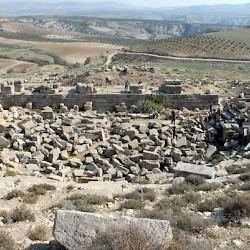Type Settlement Condition In ruins | Founded 300 BC Local time Tuesday 5:56 PM | |
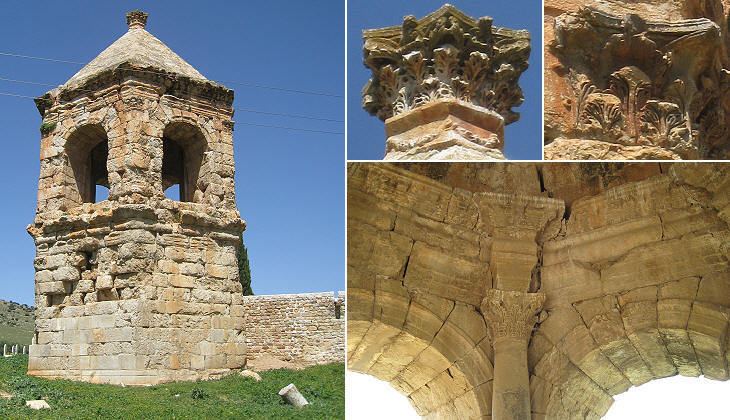 | ||
Weather 17°C, Wind E at 0 km/h, 34% Humidity | ||
Cyrrhus (/ˈsɪrəs/; Greek: Κύρρος Kyrrhos) was a city in ancient Syria founded by Seleucus Nicator, one of Alexander the Great's generals. Other names for the city include Hagioupolis, Nebi Huri (Arabic: نبي حوري), Khoros (حوروس Ḳūrus). Its ruins are located in northern Syria, near the Turkish border. It lies about 70 km northwest of Aleppo and 24 km west of Killis, in Turkey. Cyrrhus was the capital of the extensive district of Cyrrhestica, between the plain of Antioch and Commagene. A false etymology of the sixth century connects it to Cyrus, king of Persia due to the resemblance of the names.
Contents

The site of the city is marked by the ruins at Khoros, 20 km from Azaz, Syria. The ruins stand near the river Afrin Marsyas River a tributary of the Orontes, which had been banked up by Bishop Theodoret.
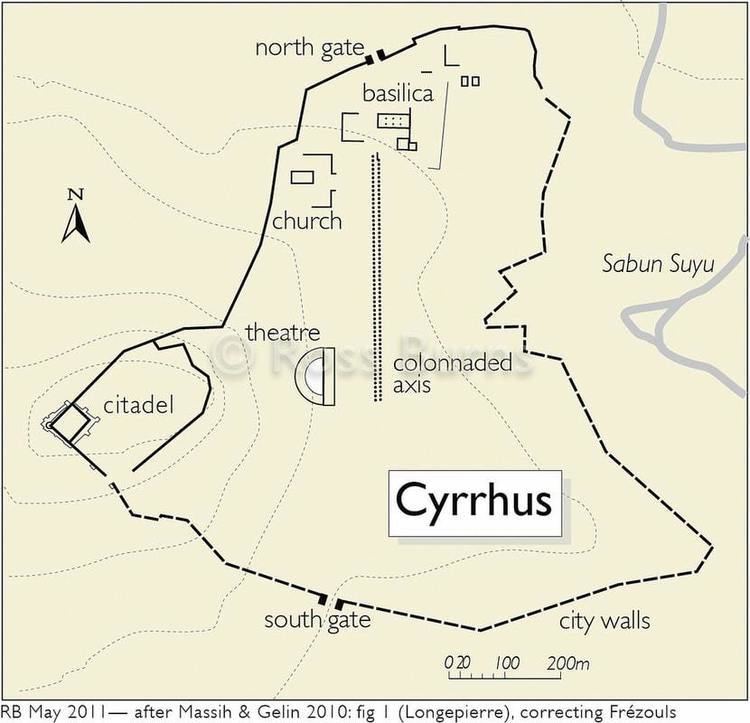
History
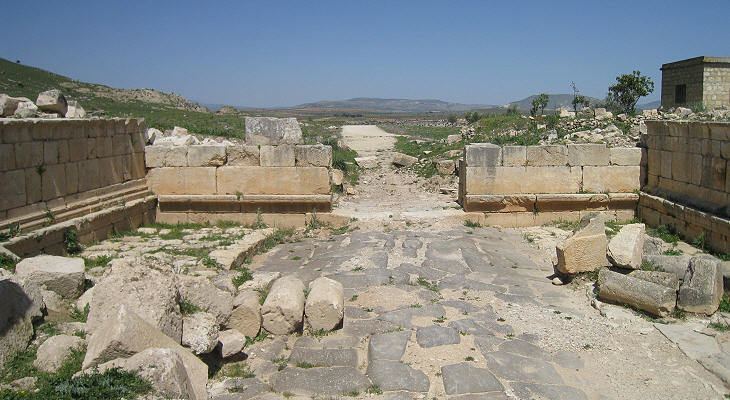
The Cyrrhus in Syria was founded by Seleucus Nicator shortly after 300 BC, and was named after the Macedonian city of Cyrrhus. It was taken by the Armenian Empire in the 1st century BC, then became Roman when Pompey took Syria in 64 BC. By the 1st century AD, it had become a Roman administrative, military, and commercial center on the trade route between Antioch and the Euphrates River crossing at Zeugma, and minted its own coinage. It was the base of the Roman legion Legio X Fretensis. The Sassanid Persian Empire took it several times during the 3rd century.
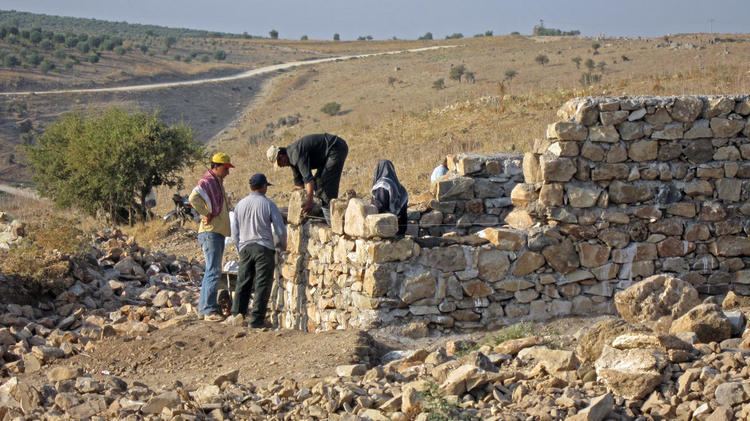
In the 6th century, the city was embellished and fortified by Justinian. It was taken by the Muslims in 637 and known at that time under the name of Qorosh and later by the Crusaders in the 11th century. Nur ad-Din Zangi recaptured it in 1150. Muslim travelers of the 13th and 14th century report it both as a large city and as largely in ruins.
Church history

Cyrrhus became a Christian bishopric at an early date, a suffragan of Hierapolis Bambyce, capital and metropolitan see of the Roman province of Euphratensis. Under Justinian, it became an autocephalous ecclesiastical metropolis subject directly to the Patriarch of Antioch but without suffragans. Its bishop Syricius was present at the First Council of Nicaea in 325. The Arian Abgar (Latinized as Abgarus or Augarus) was at the Council of Seleucia (360). Theodoret mentions as another Arian a bishop called Asterius of the time of the Roman Emperor Valens (364–378). Isidorus attended the First Council of Constantinople in 381. The most celebrated of the bishops of Cyrrhus is Theodoret himself (423-458), a prolific writer, well known for his rôle in the history of Nestorianism ,Eutychianism, and Marcionism. He tells us that his small diocese (about forty miles square) contained 800 churches, which supposes a very dense population. In 476, a bishop named Ioannes held a synod against Peter the Fuller. At the close of that century the bishop was a Nestorian named Sergius, who was replaced by another of the same name who was of the directly opposite theological opinion, being a Jacobite, and was deposed by Emperor Justin I in 518. Michael the Syrian lists 13 other Jacobite bishops of the see. No longer a residential bishopric, Cyrrhus is today listed by the Catholic Church as a titular see.
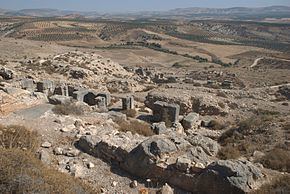
A magnificent basilica held the relics of Saints Cosmas and Damian, who had suffered martyrdom in the vicinity about 283, and whose bodies had been transported to the city, whence it was also called Hagioupolis. Many holy personages, moreover, chiefly hermits, had been or were then living in this territory, among them Saints Acepsimas, Zeumatius, Zebinas, Polychronius, Maron (the patron of the Maronite Church), Eusebius, Thalassius, Maris, James the Wonder-worker, and others. Theodoret devoted an entire work to the illustration of their virtues and miracles.
Known Bishops of Cyrrhus
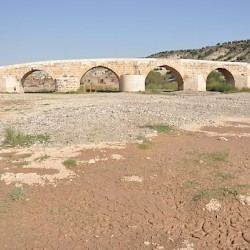
The city was taken in the early 11th century by the Crusaders and made new Bishopric, dependent on Edessa under the name Coricié.
Archaeology
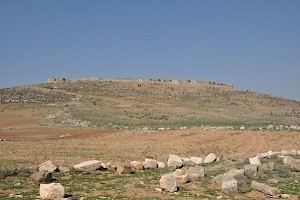
The town has been excavated by the Lebanese Syrian Archaeological Mission of Cyrrhus. Initial results indicate a square layout with Hippodamian grid road plan and a central main road with Colonnades typical of the Hellenistic east . The road layout seems to have survived until into the Islamic times. Remains in Cyrrhus include two Roman Bridge s in working order, a dilapidated theatre outside the town and foundations of a Basilica church and some city fortifications. In the 6th century a Byzantine citadel was built on the top of the hill behind the theatre. with evidence of Greek and Egyptian influences in the design work. This citadel is still largely unexcavated.
